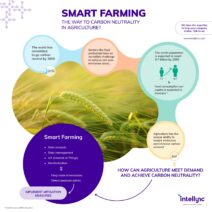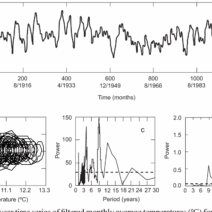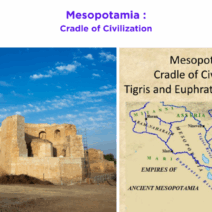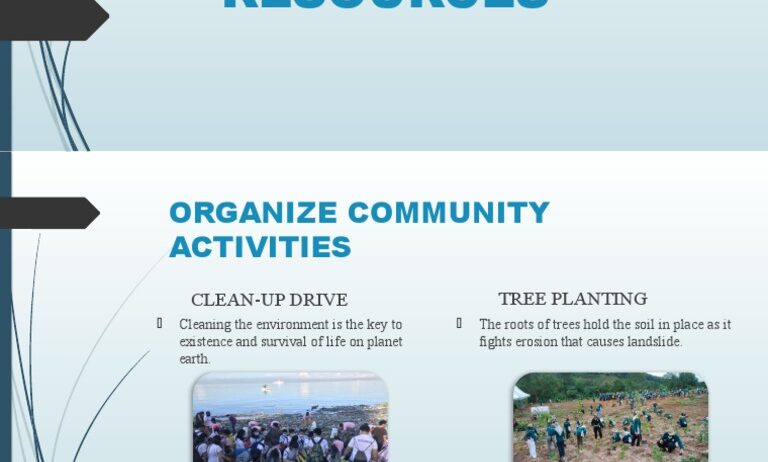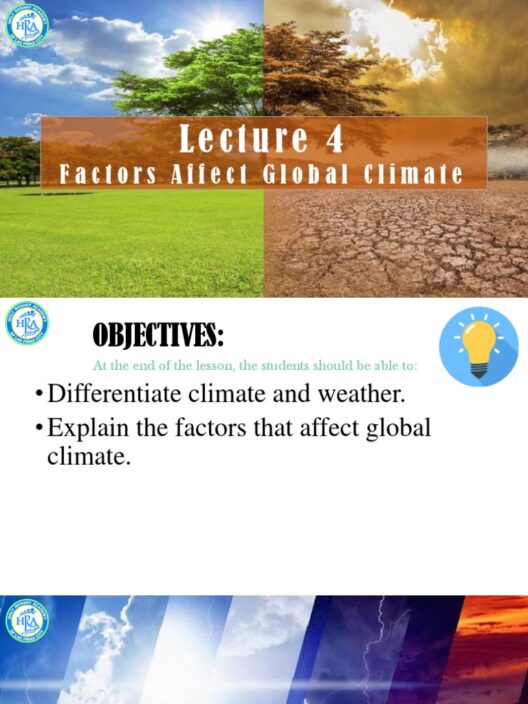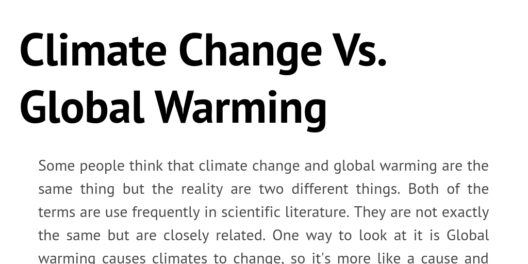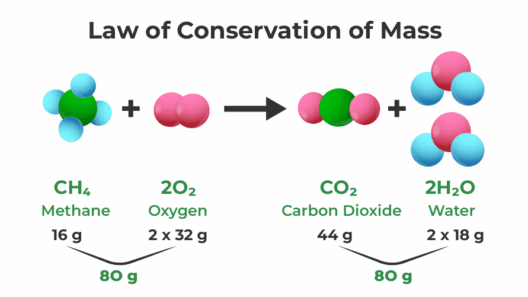As stewards of our planet, we must recognize that our natural resources are akin to delicate threads that weave together the tapestry of life. Just as a seamstress must handle fragile threads with care to avoid fraying, we too must adopt mindful practices to conserve our invaluable resources: energy, food, water, and more. These resources are the lifeblood of our existence, pivotal for a sustainable future.
1. Energy Conservation: The Invisible Currency
Energy is often portrayed as an abstract concept, yet it is the invisible currency that fuels our daily lives. To conserve energy effectively, one must first develop an acute awareness of consumption habits. Much like turning off a leaky faucet, we can stem the tide of wasted energy by implementing simple measures. Start by embracing energy-efficient appliances that are designed to minimize electricity usage without sacrificing performance. The allure of this transition lies in the synergy of conserving energy while lowering utility bills.
Moreover, the reduction of our carbon footprint can be enhanced through the judicious use of natural light. When the sun rises, allow its illuminating rays to fill your spaces instead of relying solely on artificial lighting. This practice not only nurtures the soul by connecting us to the rhythms of nature but also significantly curtails energy consumption. Reliability on renewable energy sources, such as solar or wind, further underscores the importance of transitioning to sustainable practices that not only preserve the environment but also promote energy independence.
2. Water Conservation: The Essence of Life
Water, the very essence of life, deserves our utmost respect and diligence. A metaphorical wellspring of vitality, every drop squandered is a direct affront to our ecosystems. Simple measures can yield substantial results. For instance, fixing leaky faucets can save gallons of water that might otherwise flow aimlessly into the abyss of waste. Additionally, utilizing rain barrels to collect precipitation serves as an admirable means to irrigate gardens and landscapes. This practice embodies the principle of reaping what we sow, allowing us to harness nature’s bounty while nurturing our plants.
Employing water-efficient fixtures, such as low-flow showerheads and dual-flush toilets, is an investment in a sustainable future. Each flush and shower becomes a testament to our commitment to conservation. Moreover, consider adopting xeriscaping—landscaping that reduces or eliminates the need for irrigation. By choosing native plants that thrive in local climates, we can create vibrant gardens that require minimal water, promoting biodiversity while exhibiting a profound respect for the environment.
3. Food Conservation: Sowing Seeds of Sustainability
Food conservation necessitates a multifaceted approach that intertwines our personal choices with our responsibility toward our communities. The paradox of abundance necessitates a shift in perspective; rather than viewing excess as a given, we must recognize it as a call to action. Reducing food waste starts in our kitchens. Planning meals meticulously and understanding proper food storage techniques can dramatically diminish the volume of edible produce that languishes forgotten in the fridge.
Cultivating a garden, whether vast or humble, fosters a deeper connection to the food we consume. It is a living metaphor for sustainability—a testament to the cycle of life. By growing our fruits and vegetables, we are not only nurturing our physical well-being but also promoting ecological balance. Community gardens extend this philosophy, creating a network where shared resources cultivate relationships, strengthen neighborhoods, and ultimately, reduce reliance on commercial farming.
Additionally, exploring local markets not only supports community businesses but reduces the carbon footprint associated with transporting food long distances. When we select local produce, we are participating in a reductionist approach to consumerism—ewing a preventative measure against environmental degradation.
4. The Ethical Consumption Movement
In a world saturated with choices, ethical consumption stands as a beacon of hope. Purchasing products that are sustainably sourced—be it food, textiles, or household goods—enhances our commitment to preserving resources. The common thread that unites these products is their minimal environmental impact, making them worthy additions to our consumption habits. Look for certifications and labels that denote sustainable practices, thus illuminating the pathway towards eco-conscious choices.
Moreover, the pursuit of zero-waste lifestyles advocates for minimalism, challenging us to reconsider our necessity for certain items. By engaging in practices such as upcycling, one transforms what would otherwise contribute to landfill overflow into masterpieces of creativity. This practice underscores our enduring legacy of stewardship and innovation while emphasizing the importance of resourcefulness.
5. Engage, Educate, and Empower
It is imperative to engage others in the conversation regarding resource conservation. Education forms the foundation upon which a sustainable future is built. Share knowledge within your community, participate in workshops, or volunteer for local environmental organizations. The power of collective action magnifies individual efforts, creating a ripple effect that can inspire widespread change. Beyond mere engagement, empower others by fostering a culture of sustainability—where the seeds of conservation have a chance to flourish.
In conclusion, the pathway toward conserving our vital resources resembles an intricate dance—one that requires conscious effort, innovative thinking, and communal support. Just as we would tend to a fragile garden, nurturing the soil and guarding against pests, we must embrace our role as conservationists. It is in these actions that we not only sustain our environment but also safeguard the interconnected web of life that weaves us all together. The time is now; the responsibility is ours. Together, let’s cultivate a future that reveres resources and champions sustainability.
